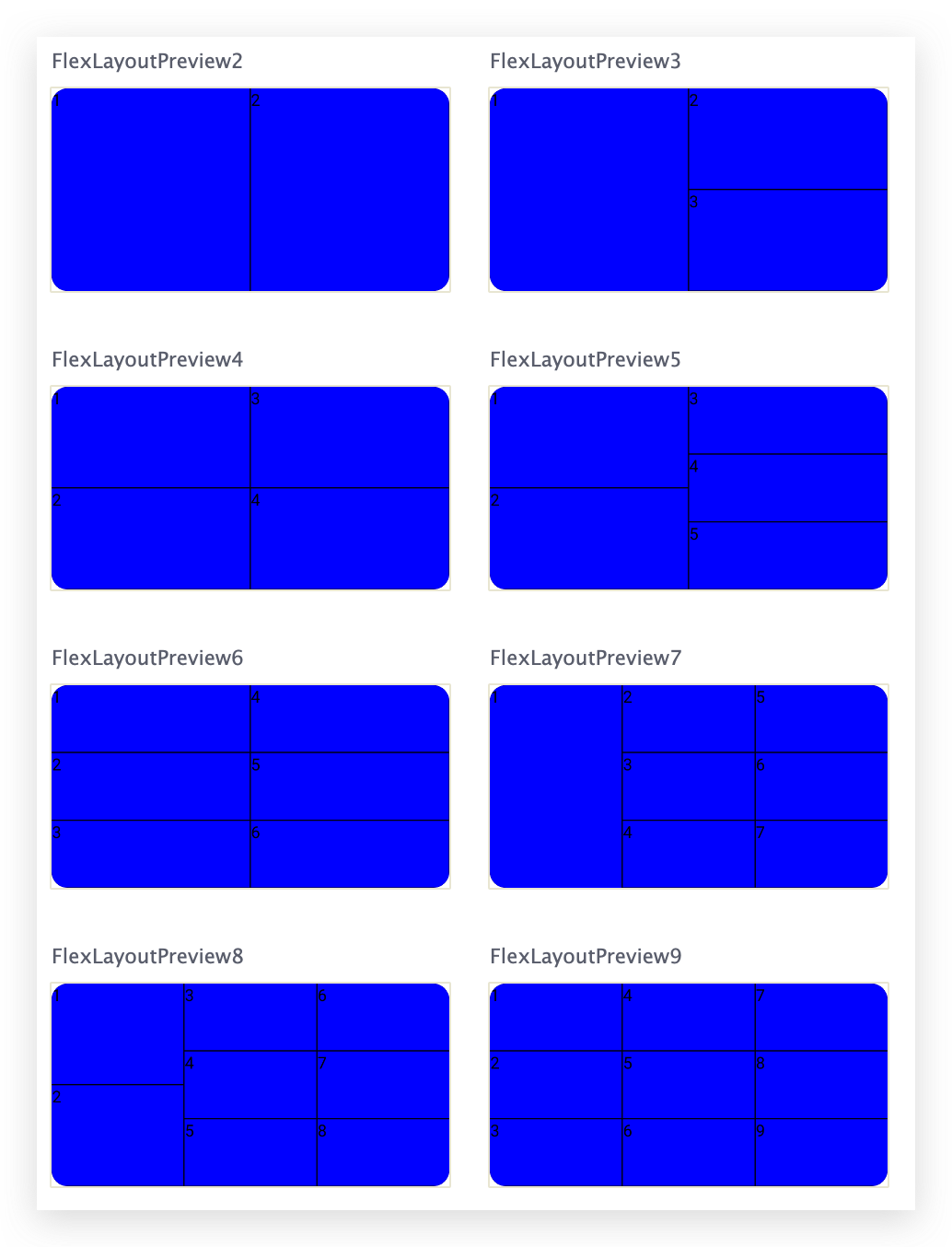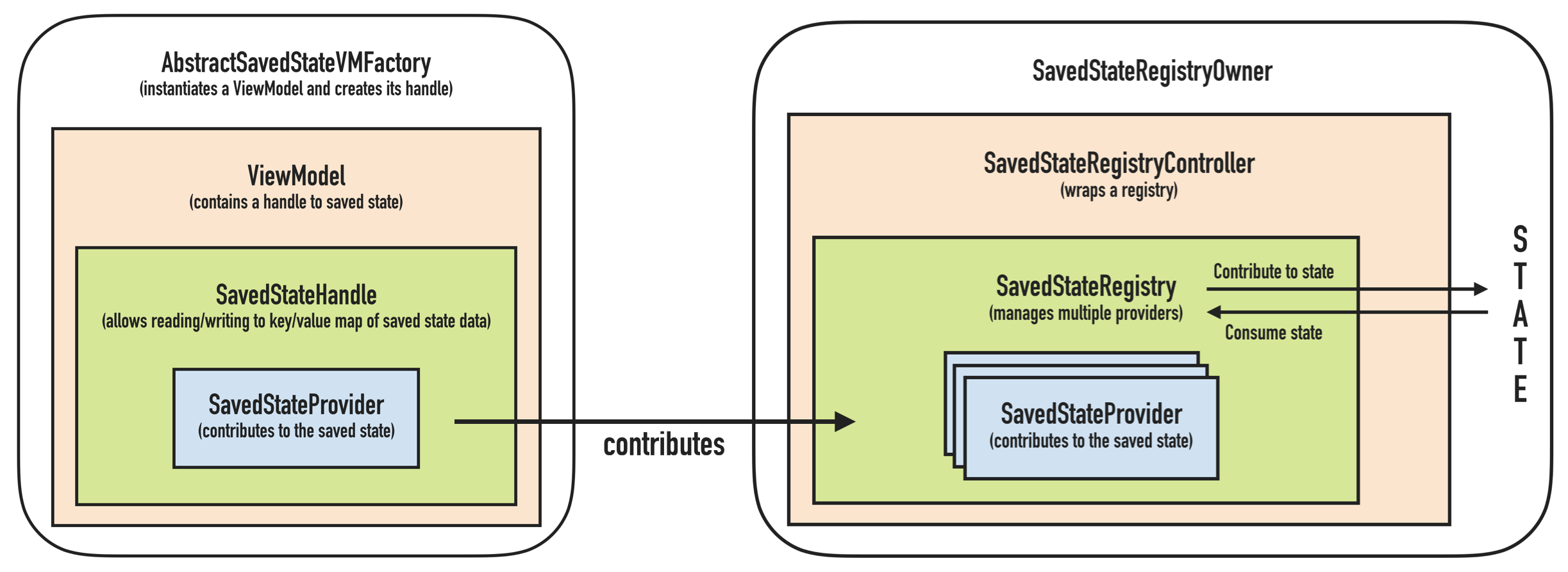HashMap 是散列表实现的键值对容器,本文分析其源码和实现原理。
定义 1 2 public class HashMap <K,V> extends AbstractMap <K,V> implements Map <K,V>, Cloneable, Serializable
HashMap 基于散列表 实现。
初始化 HashMap 提供了四个构造方法。
1 2 3 4 5 6 7 8 9 10 11 12 13 14 15 16 17 18 19 20 21 22 23 24 25 26 27 28 29 30 31 32 33 34 35 36 37 38 39 40 41 42 43 44 45 46 47 48 49 static final int DEFAULT_INITIAL_CAPACITY = 1 << 4 ; static final int MAXIMUM_CAPACITY = 1 << 30 ;static final float DEFAULT_LOAD_FACTOR = 0.75f ;static final int TREEIFY_THRESHOLD = 8 ;static final int UNTREEIFY_THRESHOLD = 6 ;static final int MIN_TREEIFY_CAPACITY = 64 ;transient Node<K,V>[] table;transient int size;transient int modCount;int threshold;final float loadFactor;public HashMap (int initialCapacity, float loadFactor) { if (initialCapacity < 0 ) throw new IllegalArgumentException ("Illegal initial capacity: " + initialCapacity); if (initialCapacity > MAXIMUM_CAPACITY) initialCapacity = MAXIMUM_CAPACITY; if (loadFactor <= 0 || Float.isNaN(loadFactor)) throw new IllegalArgumentException ("Illegal load factor: " + loadFactor); this .loadFactor = loadFactor; this .threshold = tableSizeFor(initialCapacity); } public HashMap (int initialCapacity) { this (initialCapacity, DEFAULT_LOAD_FACTOR); } public HashMap () { this .loadFactor = DEFAULT_LOAD_FACTOR; } public HashMap (Map<? extends K, ? extends V> m) { this .loadFactor = DEFAULT_LOAD_FACTOR; putMapEntries(m, false ); }
HashMap 的构造函数主要初始化了loadFactor加载因数和threshold扩容阈值。
tableSizeFor 原理 在构造方法中的tableSizeFor方法通过传入的容量计算出大于等于给定参数 initialCapacity 最小的 2 的幂次方的数值。
1 2 3 4 5 6 7 8 9 static final int tableSizeFor (int cap) { int n = cap - 1 ; n |= n >>> 1 ; n |= n >>> 2 ; n |= n >>> 4 ; n |= n >>> 8 ; n |= n >>> 16 ; return (n < 0 ) ? 1 : (n >= MAXIMUM_CAPACITY) ? MAXIMUM_CAPACITY : n + 1 ; }
tableSizeFor 方法的实现非常巧妙,使用了位或 以及无符号右移 两个操作,其步骤如下:
n = cap - 1,避免因为 cap 本身就是 2 的幂次方而导致最后得到 cap * 2;n |= (n >>> 1),保证 n 的高 2 位是 1;n |= (n >>> 2),保证 n 的高 4 位是 1;n |= (n >>> 4),保证 n 的高 8 位是 1;n |= (n >>> 8),保证 n 的高 16 位是 1;n |= (n >>> 16),保证 n 的高 32 位是 1;以上 2~6 步右移会保证 cap - 1 的最高 1 位之后全部被 1 填满;
n < 0 返回 1;n >= 1 << 30 返回 1 << 30;否则返回 n + 1。
无论给定容量是多少,最后一步之前算出的 n 的二进制所有位都是1,最后再加1结果就是大于等于给定参数 initialCapacity 最小的 2 的幂次方的数值。
为什么要保持为 2 的幂次方?因为 HashMap 中存储数据的角标是根据数据的键的哈希值决定的,其计算方式为index = hash % table.length,如果表的大小保持为 2 的幂次方,那么可以用index = hash & (table.length - 1)代替以提升效率。
Node 结构 HashMap.Node 是其节点类。
1 2 3 4 5 6 7 8 9 10 11 12 13 14 15 16 17 18 19 20 21 22 23 24 25 26 27 28 29 30 31 32 33 34 35 36 37 38 39 static class Node <K,V> implements Map .Entry<K,V> { final int hash; final K key; V value; Node<K,V> next; Node(int hash, K key, V value, Node<K,V> next) { this .hash = hash; this .key = key; this .value = value; this .next = next; } public final K getKey () { return key; } public final V getValue () { return value; } public final String toString () { return key + "=" + value; } public final int hashCode () { return Objects.hashCode(key) ^ Objects.hashCode(value); } public final V setValue (V newValue) { V oldValue = value; value = newValue; return oldValue; } public final boolean equals (Object o) { if (o == this ) return true ; if (o instanceof Map.Entry) { Map.Entry<?,?> e = (Map.Entry<?,?>)o; if (Objects.equals(key, e.getKey()) && Objects.equals(value, e.getValue())) return true ; } return false ; } }
该类实现了 Map.Entry ,并保存了下一个节点的引用next,该类是很明显的单向链表节点 。
常用方法解析 hash 方法解析 hash方法是 HashMap 中非常重要的方法,它调用了 key 的hashCode方法,并对其高 16 位和低 16 位进行异或 操作生成新的哈希值。
这样做的目的是避免当 table 长度较小时,分配存储的 index 的时候只有低位参与,从而哈希碰撞过于频繁。
1 2 3 4 static final int hash (Object key) { int h; return (key == null ) ? 0 : (h = key.hashCode()) ^ (h >>> 16 ); }
put 方法解析 put方法是 Map 最常用的方法之一,调用该方法可以添加键值对到 Map 中。
1 2 3 4 5 6 7 8 9 10 11 12 13 14 15 16 17 18 19 20 21 22 23 24 25 26 27 28 29 30 31 32 33 34 35 36 37 38 39 40 41 42 43 44 45 46 47 48 49 50 public V put (K key, V value) { return putVal(hash(key), key, value, false , true ); } final V putVal (int hash, K key, V value, boolean onlyIfAbsent, boolean evict) { Node<K,V>[] tab; Node<K,V> p; int n, i; if ((tab = table) == null || (n = tab.length) == 0 ) n = (tab = resize()).length; if ((p = tab[i = (n - 1 ) & hash]) == null ) tab[i] = newNode(hash, key, value, null ); else { Node<K,V> e; K k; if (p.hash == hash && ((k = p.key) == key || (key != null && key.equals(k)))) e = p; else if (p instanceof TreeNode) e = ((TreeNode<K,V>)p).putTreeVal(this , tab, hash, key, value); else { for (int binCount = 0 ; ; ++binCount) { if ((e = p.next) == null ) { p.next = newNode(hash, key, value, null ); if (binCount >= TREEIFY_THRESHOLD - 1 ) treeifyBin(tab, hash); break ; } if (e.hash == hash && ((k = e.key) == key || (key != null && key.equals(k)))) break ; p = e; } } if (e != null ) { V oldValue = e.value; if (!onlyIfAbsent || oldValue == null ) e.value = value; afterNodeAccess(e); return oldValue; } } ++modCount; if (++size > threshold) resize(); afterNodeInsertion(evict); return null ; } Node<K,V> newNode (int hash, K key, V value, Node<K,V> next) { return new Node <>(hash, key, value, next); }
HashMap 的 put 遵循以下步骤:
table 为 null 或长度为 0 则重新计算大小;
table 对应 hash 值角标的元素为 null,则构造一个 Node 放进去;
若元素 key 与新 key 相同,重新赋值 value;
若节点是一个 TreeNode,调用putTreeVal方法插入红黑树节点;
此时节点是一个链表节点,一个个向下查找对应的 key 是否存在,若存在则替换 value;否则插入新链表节点,并检查是否要转化为红黑树结构。
TreeNode 类,putTreeVal 和 treeifyBin 方法在这里就不展开了,若有相关问题可以查看《TreeMap 源码解析》 这篇文章中对于红黑树结构的阐述。
由此可以看出,HashMap 是一个以数组作为基本存储,结合了链表和红黑树作为数组里的元素的键值对容器。
resize 方法 这是一个 table 扩容的方法,初始化 table 或把 table 的大小增加一倍。
1 2 3 4 5 6 7 8 9 10 11 12 13 14 15 16 17 18 19 20 21 22 23 24 25 26 27 28 29 30 31 32 33 34 35 36 37 38 39 40 41 42 43 44 45 46 47 48 49 50 51 52 53 54 55 56 57 58 59 60 61 62 63 64 65 66 67 68 69 70 71 72 73 final Node<K,V>[] resize() { Node<K,V>[] oldTab = table; int oldCap = (oldTab == null ) ? 0 : oldTab.length; int oldThr = threshold; int newCap, newThr = 0 ; if (oldCap > 0 ) { if (oldCap >= MAXIMUM_CAPACITY) { threshold = Integer.MAX_VALUE; return oldTab; } else if ((newCap = oldCap << 1 ) < MAXIMUM_CAPACITY && oldCap >= DEFAULT_INITIAL_CAPACITY) newThr = oldThr << 1 ; } else if (oldThr > 0 ) newCap = oldThr; else { newCap = DEFAULT_INITIAL_CAPACITY; newThr = (int )(DEFAULT_LOAD_FACTOR * DEFAULT_INITIAL_CAPACITY); } if (newThr == 0 ) { float ft = (float )newCap * loadFactor; newThr = (newCap < MAXIMUM_CAPACITY && ft < (float )MAXIMUM_CAPACITY ? (int )ft : Integer.MAX_VALUE); } threshold = newThr; @SuppressWarnings({"rawtypes","unchecked"}) Node<K,V>[] newTab = (Node<K,V>[])new Node [newCap]; table = newTab; if (oldTab != null ) { for (int j = 0 ; j < oldCap; ++j) { Node<K,V> e; if ((e = oldTab[j]) != null ) { oldTab[j] = null ; if (e.next == null ) newTab[e.hash & (newCap - 1 )] = e; else if (e instanceof TreeNode) ((TreeNode<K,V>)e).split(this , newTab, j, oldCap); else { Node<K,V> loHead = null , loTail = null ; Node<K,V> hiHead = null , hiTail = null ; Node<K,V> next; do { next = e.next; if ((e.hash & oldCap) == 0 ) { if (loTail == null ) loHead = e; else loTail.next = e; loTail = e; } else { if (hiTail == null ) hiHead = e; else hiTail.next = e; hiTail = e; } } while ((e = next) != null ); if (loTail != null ) { loTail.next = null ; newTab[j] = loHead; } if (hiTail != null ) { hiTail.next = null ; newTab[j + oldCap] = hiHead; } } } } } return newTab; }
该方法按以下步骤:
table 未初始化则初始化,否则大小增加一倍,并计算下一次扩容阈值;
遍历旧 table,若元素没有 next,则直接放入新 table;
若是 TreeNode,调用 split 方法;
若是链表,且其 index 为 j ,遍历将每一个链表节点分配到上下半区链表,上半链表放到 table[j],下半区链表放到 table[j + oldCap]。
resize方法因为每次扩容都是增加一倍的容量,所以每个节点新的角标会比老角标的 2 进制多一位信息,而这一位信息正好就是 hash & oldCap。
若 hash & oldCap 为 0,节点角标不变;否则 2 进制高位多个 1,对应的角标就添加了 oldCap。于是可以对链表节点进行拆分到 j 和 j + oldCap 两个角标。
remove 方法 remove(Object key) 和 remove(Object key, Object value) 都是通过调用 removeNode 来实现删除元素的,removeNode 方法根据对应节点的结构(是树还是链表)调用不同删除逻辑。
1 2 3 4 5 6 7 8 9 10 11 12 13 14 15 16 17 18 19 20 21 22 23 24 25 26 27 28 29 30 31 32 33 34 35 36 37 38 39 40 41 42 43 44 45 46 47 48 49 50 51 public V remove (Object key) { Node<K,V> e; return (e = removeNode(hash(key), key, null , false , true )) == null ? null : e.value; } @Override public boolean remove (Object key, Object value) { return removeNode(hash(key), key, value, true , true ) != null ; } final Node<K,V> removeNode (int hash, Object key, Object value, boolean matchValue, boolean movable) { Node<K,V>[] tab; Node<K,V> p; int n, index; if ((tab = table) != null && (n = tab.length) > 0 && (p = tab[index = (n - 1 ) & hash]) != null ) { Node<K,V> node = null , e; K k; V v; if (p.hash == hash && ((k = p.key) == key || (key != null && key.equals(k)))) node = p; else if ((e = p.next) != null ) { if (p instanceof TreeNode) node = ((TreeNode<K,V>)p).getTreeNode(hash, key); else { do { if (e.hash == hash && ((k = e.key) == key || (key != null && key.equals(k)))) { node = e; break ; } p = e; } while ((e = e.next) != null ); } } if (node != null && (!matchValue || (v = node.value) == value || (value != null && value.equals(v)))) { if (node instanceof TreeNode) ((TreeNode<K,V>)node).removeTreeNode(this , tab, movable); else if (node == p) tab[index] = node.next; else p.next = node.next; ++modCount; --size; afterNodeRemoval(node); return node; } } return null ; }
总结 HashMap 利用了类似哈希表提升了查找效率,内部使用数组,链表和红黑树保存数据。
每当保存数据超过阈值时触发扩容增加一倍容量,容量总是 2 的幂次方。
操作方法大量使用位操作提升操作效率。




